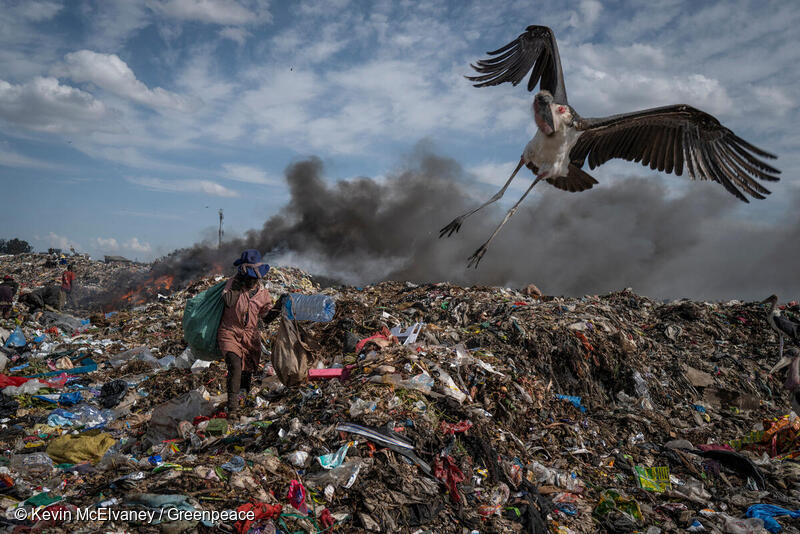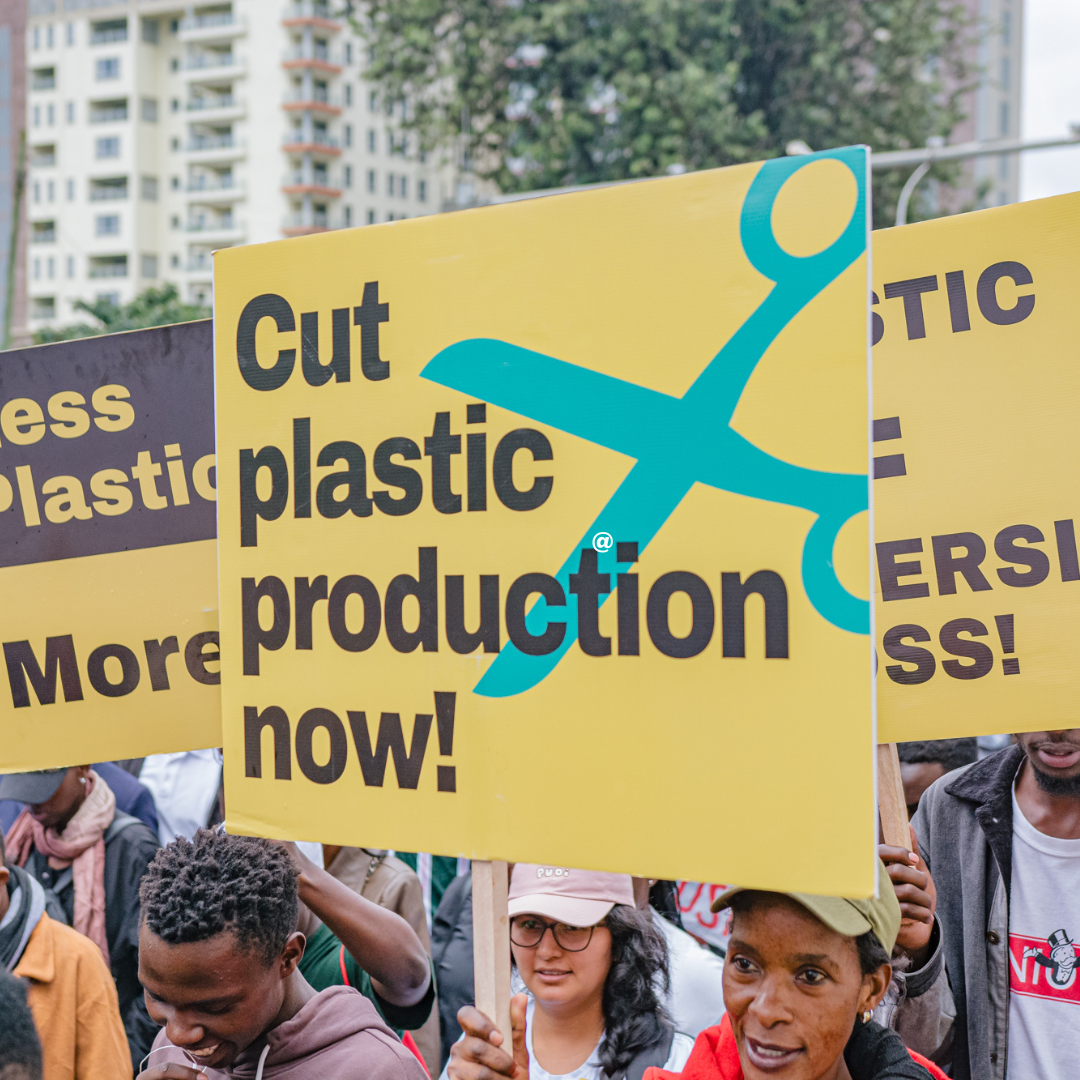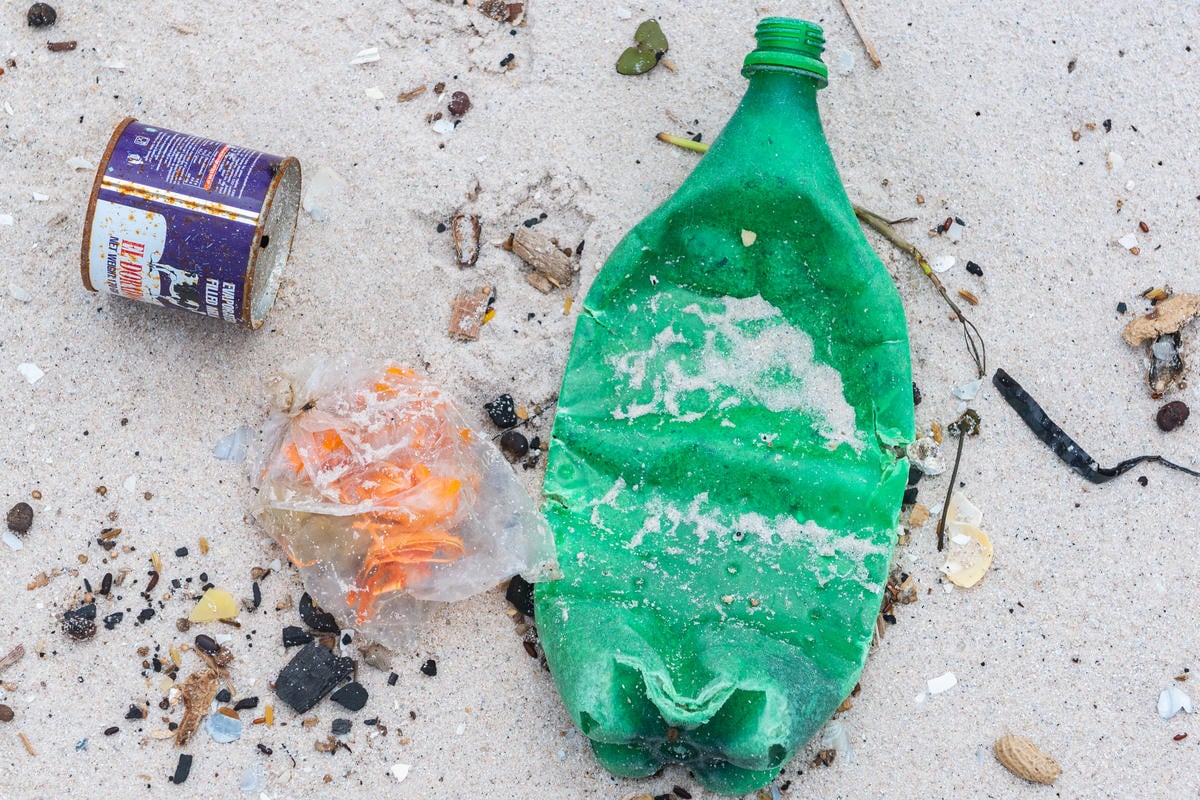By Fredrick Njehu, Greenpeace Africa’s Senior Political Advisor
Urban consumers in Nairobi have started warming up to the reality that single-use plastic is harmful to the environment and are taking steps towards finding alternatives to single-use plastics. Residents are now sharing sentiments on the need for enforcement of the ban on plastic bottles, straws and all other single-use plastics. Around the world, many countries are looking forward to emulating Kenya.
Exhibitors have in the recent past showcased the alternatives to plastics, creating a new breed of youthful innovators, organized entrepreneurial women. To look at the bigger picture, this is a prospect for new forms of jobs, new market and innovative production to capture the gap created by the absence of single-use polythene bags.
The East African Legislative Assembly has already passed the Polythene Materials Control Bill 2016. When this bill is fully implemented it becomes law that will totally ban the use of plastic bags across the East African Community. Rwanda is a classical example of environmental commitment, recently adopting a draft law that seeks to prohibit the manufacturers use and sale of single-use plastics. This move is expected to affect the operations of importers and local manufacturers.
Not only does plastic contribute to climate change in its production, it does so during degradation as well. A new study found that when plastic is exposed to sunlight, it releases greenhouse gases (methane and ethylene). Research shows that 94% of the plastic that enters the ocean ends up on the seafloor; Barely 1% of marine plastics are found floating at or near the ocean surface; and that 5% ends up on beaches. More so, It is estimated that there are anywhere between five and fifty trillion plastic particles in our oceans today.
Before the 2017 Plastic bags ban in Kenya, the industry distributed approximately 100 million of plastics shopping bags every month to the supermarkets, which contributed immensely to pollution on land and water sources. Out of the 4,000 tons of single-use plastics produced each month, about 2,000 tons ended up in Kenya’s municipal waste streams. This supply chain raises problems related to the environment. Used plastics end up abandoned in nature, landfilled, incinerated and at best recycled. The push for change is largely at the point of productions – with manufacturing companies barring primary responsibility to adopt alternative solutions.
The plastics ban however comes with its own challenges including smuggled plastics from the neighboring countries through porous borders. This certainly negates the efforts being put in place to curtail the environmental menace that these plastics cause to our environment. The black market business network needs to be cracked down by the authorities mandated to ensure that the ban is implemented to the letter.
The six-month window permitted by NEMA was satisfactory for manufacturers and retailers to not only observe the ban, but to also venture into the delivering environmentally friendly options. The period was also meant to clear the stock for those manufacturers to adjust and comply with the directive. This process has elicited a lot of hope in correcting the failures of the environmental system. The political will on these processes must be lauded, at the same time reminded that the environmental justice must be pursued constantly.
There is a continuing argument on the recycling of single-use plastics option to curb the pollution menace. Only about 9% of plastic waste get recycled, 12% is burnt and the remaining 79% ends up in landfills or the environment. Kenya lacks the infrastructure relevant to carry out recycling of plastics. It is considered more expensive for county governments to invest in. They can’t afford to waste resources on such a process. We instead burn wastes, releasing very toxic fumes into the atmosphere leading to air pollution. The real issue is about changing products we use and the fuels we consume, rather than relying on recycling, or down cycling as the solution.
The same items will find themselves in a landfill unless they have been turned into other products that are not single use. Other recycled products find themselves into water bodies such as rivers, lakes and our oceans and micro beads contained in the water has persistently destroyed marine life over time.
The monthly national cleanups organised by the Nairobi County government should not be construed as a panacea to producing and recycling more plastics, but as a community effort to keep their neighborhoods cleaner. More significantly, plastic pollution will not be resolved by recycling because it doesn’t stop the constant flow of new plastic disposable goods that enter our environment like a giant oil spill everyday.
While clean-up efforts help reduce litter problems, they do not address the source of the problem and ignore the unseen plastic pollution – microplastics. We need to stop plastic pollution at the source by phasing out single-use plastics and plastic packaging. We can’t recycle our way out of this crisis.
Urban consumers have the power to be at the forefront of the anti-plastic campaign. If we all changed our behaviour and started using alternative forms of packaging like the kiondo and traditional sacks, if we all urged corporations to reduce their plastic packaging, then we will be on the road to winning this fight against plastic pollution.



